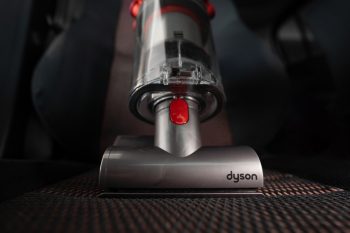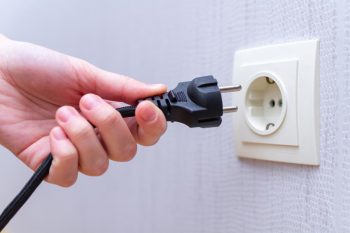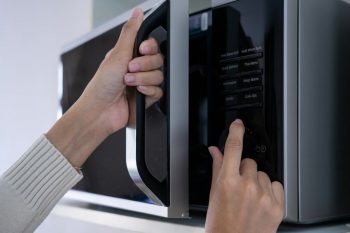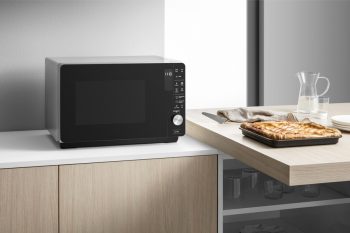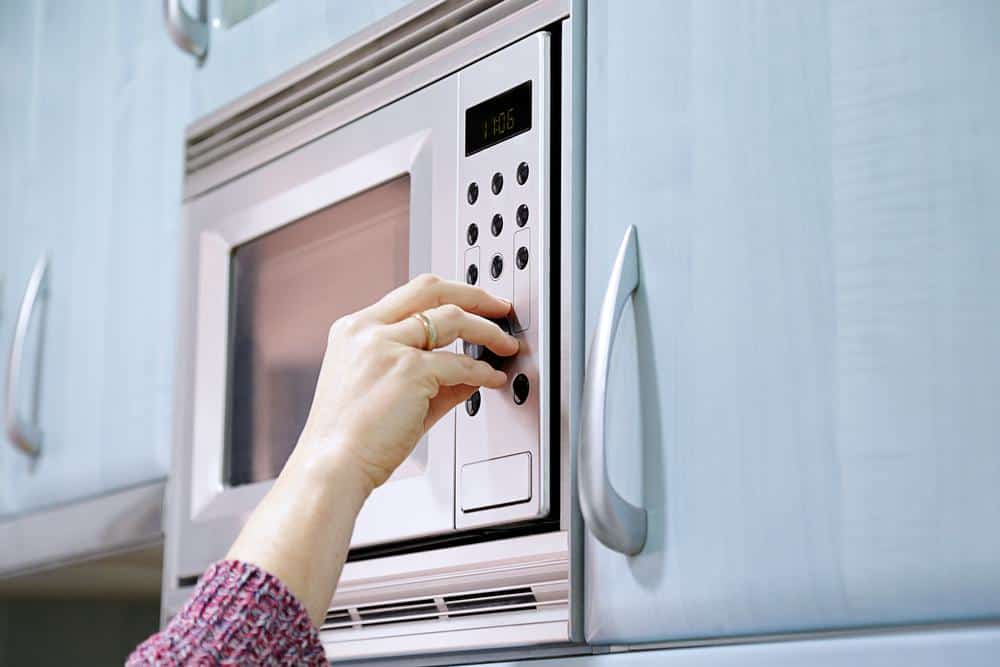
Cooking meat to perfection requires precise temperature control, and a meat thermometer is a tool that can help you achieve this. However, not all thermometers are created equal, and some are better suited to staying in the oven than others. In this comprehensive guide, we will explore the types of meat thermometers that can stay in the oven, how they work, their benefits, and how to use them correctly.
The types of meat thermometers that can stay in the oven are primarily dial thermometers and probe thermometers. These thermometers are designed to withstand high temperatures, providing accurate readings while the meat cooks. Popular oven-safe meat thermometers include the KitchenAid KQ902 Leave-in Meat Thermometer, the Taylor Digital Cooking Thermometer with Probe and Timer, and the MEATER Plus Thermometer.
Types of Oven-Safe Meat Thermometers
There are two main types of oven-safe meat thermometers: dial thermometers and probe thermometers. Some popular oven-safe meat thermometers include the KitchenAid KQ902 Leave-in Meat Thermometer, the Taylor Digital Cooking Thermometer with Probe and Timer, and the MEATER Plus Thermometer. These thermometers are designed to withstand high temperatures and provide accurate readings while the meat cooks.
How Do They Work?
Oven-safe meat thermometers work by measuring the internal temperature of the meat. Dial thermometers have a metal probe that heats up and expands as the meat cooks, moving the dial to display the temperature. Probe thermometers have a heat-safe cable that connects the probe to a digital unit outside the oven, displaying the temperature in real-time.
Benefits of Using an Oven-Safe Meat Thermometer
Using an oven-safe meat thermometer offers several benefits. It ensures food safety by confirming that the meat has reached the required internal temperature to kill harmful bacteria. It also provides temperature control, allowing you to cook your meat to your desired level of doneness. Additionally, it offers convenience, as you can monitor the meat’s temperature without opening the oven door frequently, which can cause temperature fluctuations and prolong cooking times.
Safety Precautions and Considerations
When using an oven-safe meat thermometer, it’s crucial to ensure it’s designed to be oven-safe. Insert the thermometer correctly, avoid leaving non-oven-safe thermometers in the oven, and clean the thermometer after each use. Remember, using a thermometer not designed for oven use can lead to health and safety issues.
Cost Comparison
The cost of oven-safe meat thermometers is comparable to regular ones, with prices depending on the specific model, features, and brand. For example, the Escali AH1 Oven Safe Meat Thermometer is priced at around $12.29, while the ThermoWorks Chef Alarm, a leave-in thermometer, costs $65.
How to Use an Oven-Safe Meat Thermometer
To use an oven-safe meat thermometer correctly and ensure accurate readings, make sure your thermometer is oven-safe, calibrate it, insert it correctly, leave it in the oven, monitor the temperature, and allow for carryover cooking.
Conclusion
Oven-safe meat thermometers are valuable tools that can ensure your meat is cooked to perfection. They offer precision, convenience, and food safety, making them a worthwhile investment for any home cook or professional chef. Remember to choose a thermometer that suits your needs and cooking style, and always follow safe cooking practices.
Frequently Asked Questions
What is the ideal internal temperature for cooking meat?
The ideal internal temperature for cooking meat varies depending on the type of meat. For example, poultry should be cooked to an internal temperature of 165°F (74°C), ground meats to 160°F (71°C), and steaks and roasts to 145°F (63°C). Always consult a reliable source for the specific type of meat you are cooking.
Can I use an oven-safe meat thermometer in a grill?
Yes, most oven-safe meat thermometers can also be used on a grill. However, make sure that the thermometer is not exposed to direct flames, as this can cause damage.
How do I calibrate my oven-safe meat thermometer?
Calibration methods can vary by brand and model, but a common method is the ice water test. Fill a glass with ice and top it up with cold water. Insert the thermometer into the glass, making sure it’s submerged but not touching the sides or bottom. It should read 32°F (0°C). If it doesn’t, adjust the calibration nut (if your thermometer has one) until it does.
How deep should I insert my meat thermometer?
The thermometer probe should be inserted into the thickest part of the meat, away from bone, fat, and gristle. For poultry, insert it into the inner thigh area near the breast but not touching the bone.
How do I clean my oven-safe meat thermometer?
Most oven-safe meat thermometers can be cleaned with warm, soapy water. Make sure to clean the probe thoroughly after each use. However, avoid immersing the thermometer in water if it’s not water-resistant. Always refer to the manufacturer’s instructions for cleaning.

